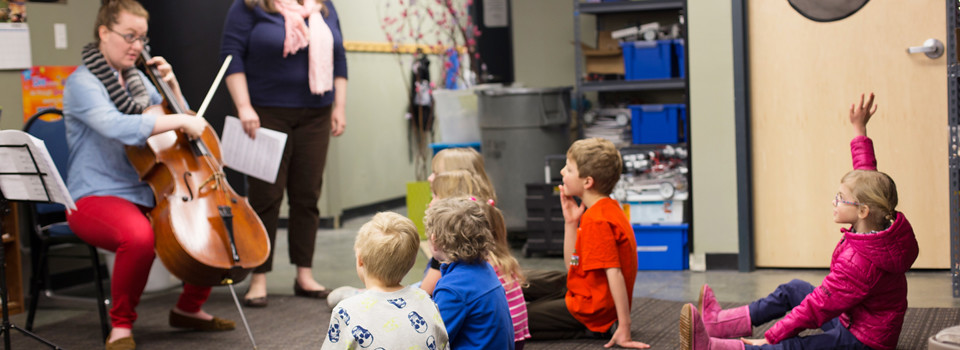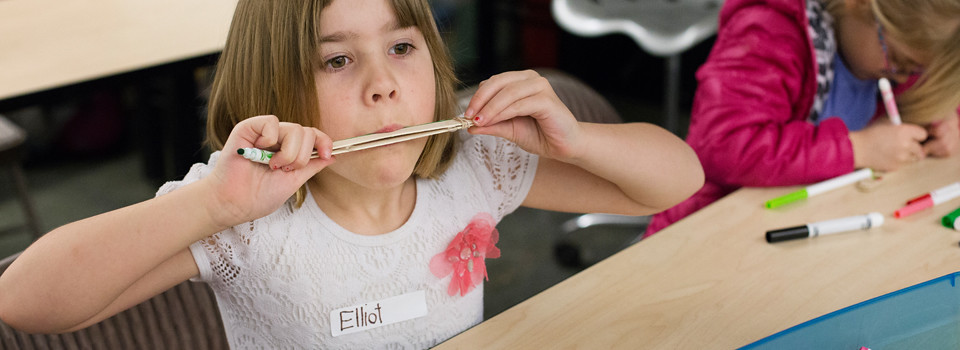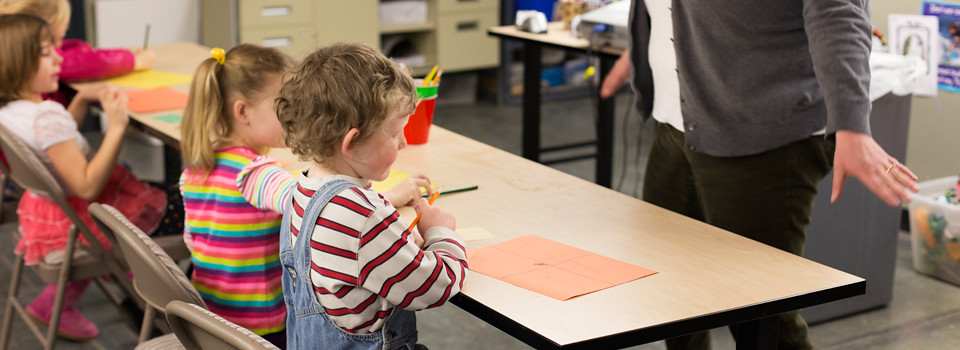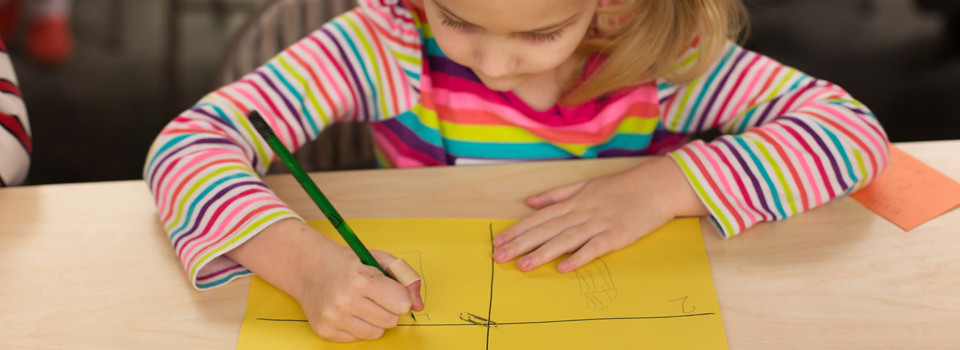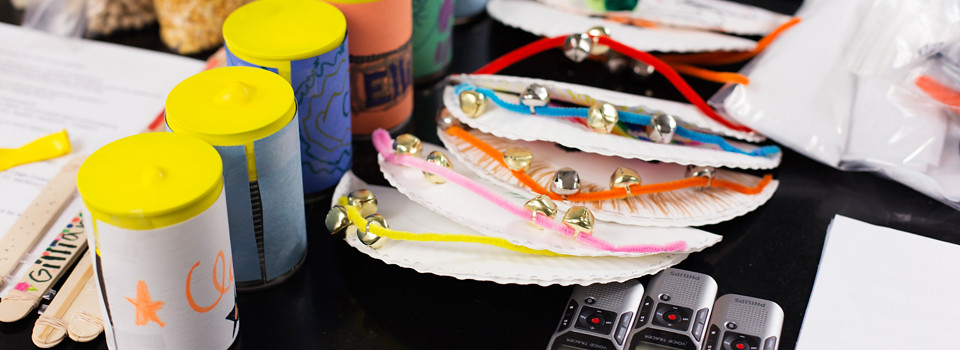

The NewSonics Workshop for kids is a week-long program that explores what it means to be and learn to be a musician through composition, improvisation, instrument making, and performance.
Using activities inspired by composers John Cage, Cornelius Cardew, John Zorn, Arnold Schoenberg, and more, we're able to dive into complex concepts like listening and abstracting sound into notation while avoiding economic or knowledge barriers that traditional Western instruments and notation can present.
At the end of the week, students leave with tools to create their own music and to listen with open,
adventurous ears.





To download a printable flyer or a more detailed description of NewSonics, click the links below
Printable Flier | Detailed Description
Printable Flier | Detailed Description

“Sympathetic Magic” is a term that was originally used by Sir James Frazer in the Golden Bough, a late 19th century collection of folklore and ethnographic research about magical thinking from around the world. One of its central observations is that the act of copying grants the replica power over its original. Copying is essential to what it means to be, and learn to be, a musician. For the child, the first successful imitation of a heard melody or demonstrated rhythm may be the first blossoming of what we call musicianship. Tinkle’s new work, Sympathetic Magic, investigates the many ways of hearing, encoding, and reproducing a sound.
The five-movement work uses graphic notation, game structures, improvisation, and handmade instruments to excavate a common musical terrain that can be shared by experienced new music performers and novices. The score is designed to provide a forum for participants to assemble their own realization of Sympathetic Magic, creating a performance that is unique to each ensemble. As the children encounter new instruments, environmental sounds, and improvisation techniques, they will contribute their own materials to the work in a highly structured way. Sympathetic Magic, then, is a specific composition that also provides space for children to be owners and authors of their own original music.

SAMPLE 1ST DAY SCHEDULE:
9:00-9:15am Introductions: The kids get to know each other and Diagenesis Duo. Diagenesis Duo demonstrates their instruments and performs a short piece.
9:15-10:00am Science of Sound and Instrument Making: Interactive demonstration of the science of sound and discussion of how instruments create sound. Students begin making their first upcycled instruments.
10:00-10:35am Activity with Instruments: Basic guided sound exploration of different musical possibilities - articulation, dynamics, imitation, etc.. Improvisation with John Zorn’s composition, Cobra.
10:35-10:45am Break
10:45-11:25am Composition workshop: Outdoor composition exercise using indeterminacy and John Cage’s famous piece, 4'33".
11:25-12:00am Rehearsal: Begin work on Sympathetic Magic by Adam Tinkle, a piece for cello, soprano, and improvising children’s ensemble written especially for the NewSonics workshop.

The whole community is invited to see and hear the results of compositional collaboration in action at the Diagenesis Duo Community Concert. The concert is comprised of exciting new music for cello and voice with an opportunity for dialogue between the performers and the community.
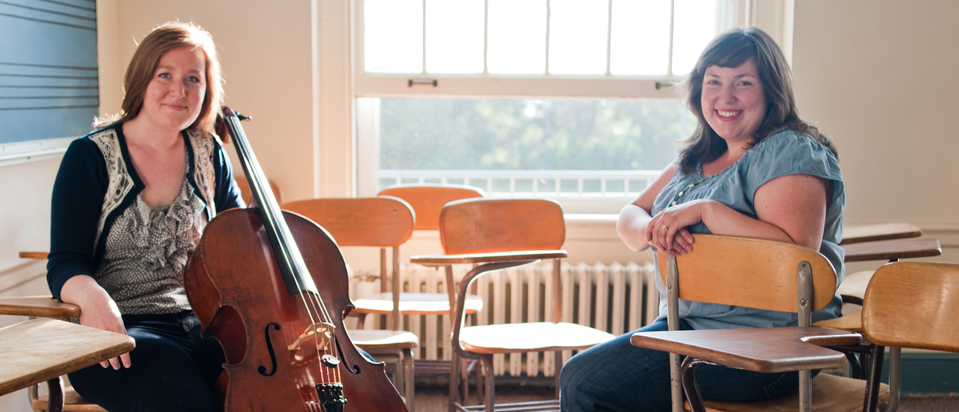
MEET THE ARTISTS
Diagenesis Duo was formed when Heather and Jennifer met during the 2010 soundSCAPE Performance and Composition Exchange in Maccagno, Italy. While walking between rehearsal locations and working together in a chamber ensemble, they formed a mutual artistic admiration and became fast friends.
In their first two years as an ensemble, Diagenesis Duo has been able to commission and premiere nine new works for soprano and cello, perform in diverse venues from concert halls to community centers, bring their work to six states and two countries, and were recently recipients of the Myrna Loy Center Grants to Artists Award.
Their work has also given them the opportunity to collaborate with prestigious performers and institutions such as The Banff Centre for Performing Arts, the University of Florida and of South Florida, Music from Salem, Boston Conservatory, Joel Krosnick, Tony Arnold, Scott Klucksdahl, Charles Curtis, Susan Narucki and Nan Hughes, and as the guest artists in residence at UC San Diego’s Springfest.
Dedicated to providing young people and the community with musical access, Diagenesis Duo frequently performs concerts that facilitate a dialogue between the audience and performers with the goal of building an empowered audience for contemporary music.
For more information about Diagenesis Duo, visit www.diagenesisduo.com.
